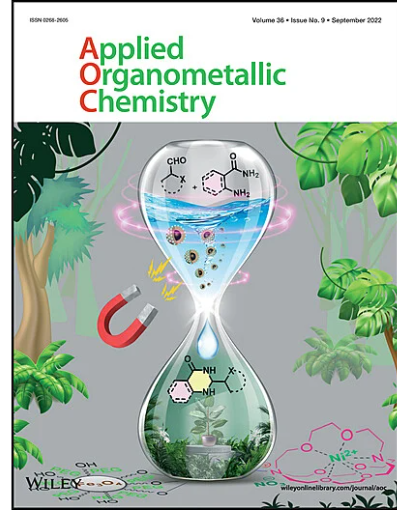Copper Nanoclusters Modified MOF-199 for the Removal of Methyl Mercaptan and Hydrogen Sulfide From Natural Gas
Abstract
MOF-199 is modified by copper nanoclusters in three different solvents (H2O, DMF and H2O + DMF) to improve its performance in simultaneous removal of methyl mercaptan and hydrogen sulfide from natural gas. The composites are characterized by sorts of evaluation methods, and their capacities for removal of methyl mercaptan and hydrogen sulfide from natural gas are evaluated. The results show that copper nanoclusters are successfully loaded on MOF-199, and the morphology and crystal structure of the modified MOF-199 do not change significantly compared with pure MOF-199. However, the type of solvent and the content of copper nanoclusters affect the specific surface area and pore size of MOF-199. The highest specific surface area of 1177 m2 g−1 is reached when 0.24-wt% copper nanoclusters are loaded on MOF-199 in H2O. This sample presents a total pore volume of 0.58 cm3 g−1, an average pore size of 2.01 nm, and the highest breakthrough capacities for H2S (41.25 mg g−1) and CH3SH (71.42 mg g−1), which are 33.75% and 65.59% higher than that of pure MOF-199, respectively. This demonstrates that the modification of MOF-199 by copper nanoclusters can further boost the removal efficiency of H2S and CH3SH.


 求助内容:
求助内容: 应助结果提醒方式:
应助结果提醒方式:


